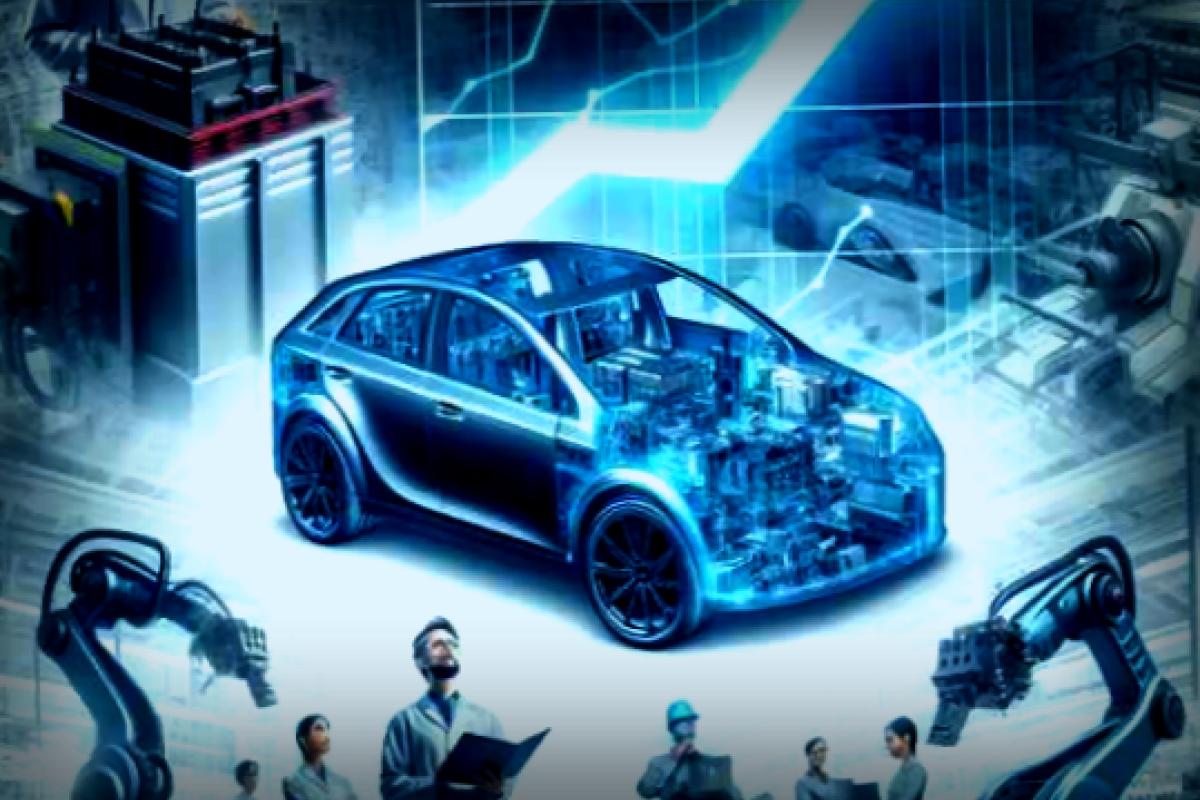As the world pivots towards electric and hybrid vehicles, the automotive electrification components industry is experiencing massive growth. Governments across the globe are implementing measures to achieve carbon neutrality, exemplified by the EU’s announcement of a 2035 ban on the sale of new gas and diesel vehicles. This move is significantly boosting demand for electric vehicles. According to IHS Markit, by 2030, EVs are expected to account for 30% of total vehicle sales, highlighting the urgency of this shift.
Batteries stand at the forefront of this transformation, with projections indicating that the EV battery sector could reach an unprecedented $300 billion by 2025. Industry giants like Tesla, CATL, LG Chem, and Samsung SDI are ramping up their production capacities while also exploring solid-state technologies aimed at enhancing safety and efficiency.
Moreover, components such as inverters and power controllers—which are vital for converting direct current (DC) to alternating current (AC)—are crucial for optimizing vehicle performance. The push for electrification is also closely tied to advancements in autonomous driving technologies, which depend heavily on sensors, including radar, lidar, and cameras.
Yet, this journey is not without its hurdles. The industry faces challenges like battery innovation, improving the performance of motors and inverters, erratic supply chains, semiconductor shortages, and the overall high cost of electric vehicles. Collaboration among stakeholders is essential; the expansion of policy incentives, research and development support, and charging infrastructure is crucial for moving forward.
With innovation spearheading the charge and efforts directed towards stability, electrification components are poised to be a significant part of the global automotive arena, paving the way for both sustainable transport and environmental benefits.



















